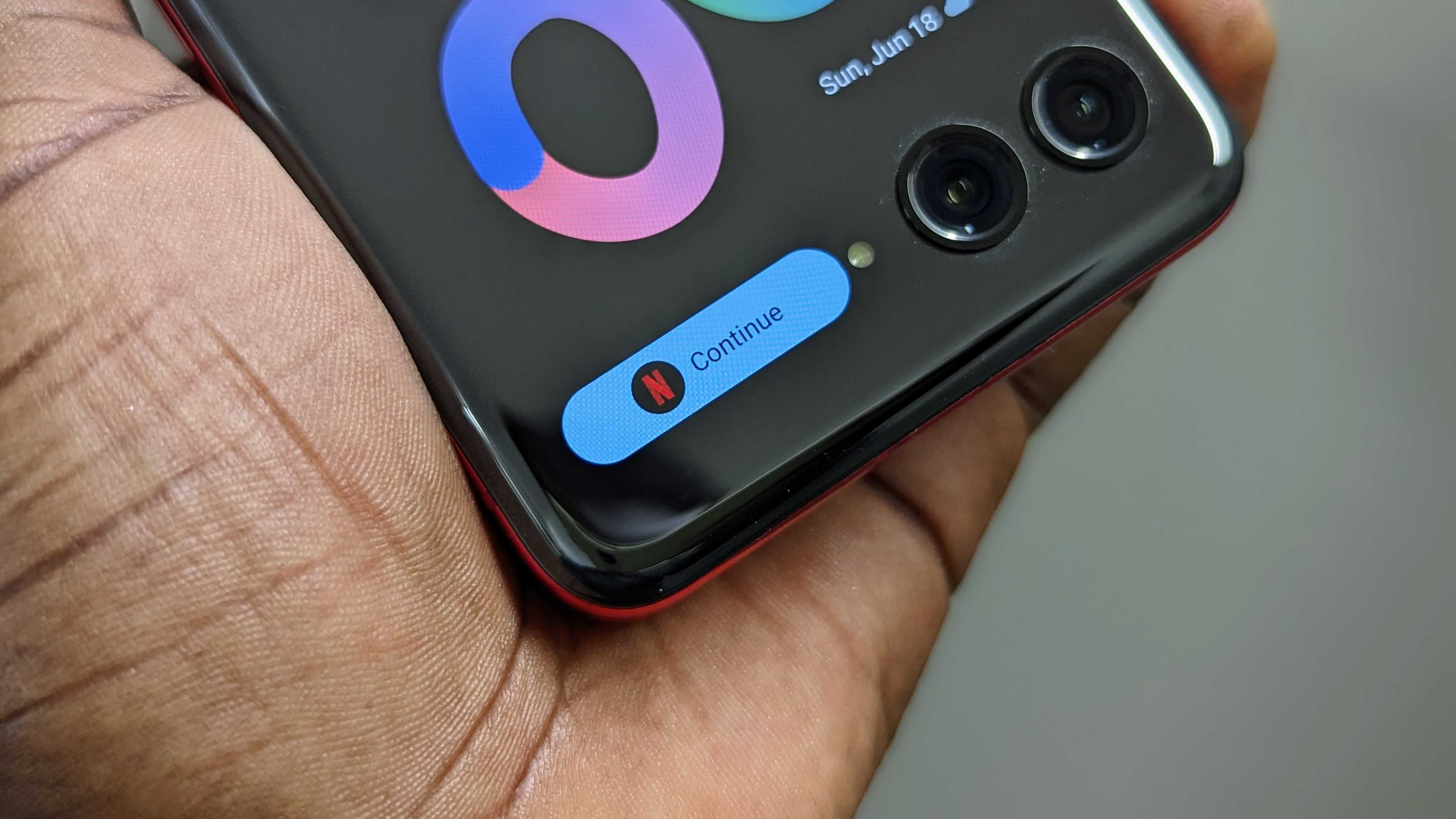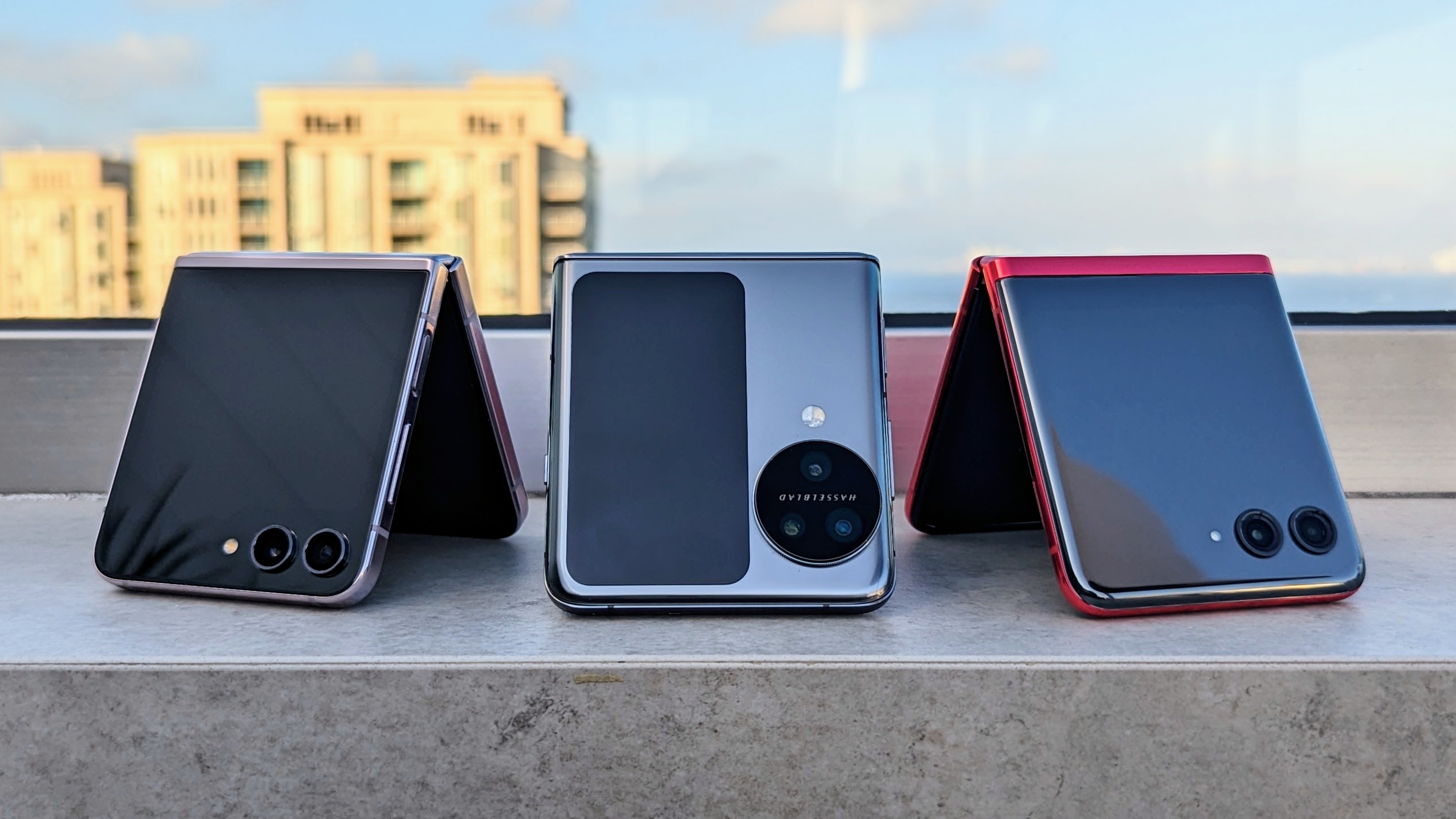The second Android 15 developer preview is now available for eligible Pixel phones, and the software gives us another look at what to expect when the full update arrives. While there’s a lot of excitement around official satellite connectivity, the return of the old taskbar for big-screen devices, and other features, one addition coming to Android 15 that I’m excited about aims to give more flip phones the clamshell experience. merit.
According to Google, a new feature in Android 15 will allow developers to declare that their app can be used on smaller screens like those used for flip phone screens. Google says this must measure at least 1.5 inches for the shorter dimension and at least 2.4 inches for the longer dimension.
“These screens are too small to be considered compatible targets for running Android apps, but your app can include support for them, making your app available in more places,” says Dave Burke, Google’s VR engineer. This means that more flip phones should potentially be able to run full apps on their flip screens, a feature that’s pretty limited on most flip phones except the Motorola Razr Plus.
If you’re a fan of flip phones like I am, it’s not hard to see why this is exciting for the immediate future of the form factor.
Samsung dropped the ball

I’ve been using the Motorola Razr Plus as my daily launcher since the phone launched in June 2023. There’s a lot to like about the phone, but the biggest draw for me is the fact that I can run almost any app on the large 3.6-inch bezel. This means I can spend less time on the power-hungry main screen while replying to messages, watching videos and even playing games without having to open the phone. It’s a great experience, and I was hoping Samsung would stick with it when it launched the Galaxy Z Flip 5 a month later. Unfortunately, that was not the case.
I’ve written before about my disappointment with the Galaxy Z Flip 5 and why I decided to stick with the Motorola Razr Plus despite Samsung’s phone having a better chipset, better battery life and better cameras. It’s no secret to those who know me that I love One UI and I’d rather use the Z Flip 5 for that very reason. However, the clamshell experience is pretty lackluster, and the Razr Plus far outshines other flip phones I’ve used, like the rather impressive OPPO Find N3 Flip. The Razr Plus may not be perfect, but this is the one thing it gets right, and to me, that’s the most important thing. It just works.

Meanwhile, Samsung makes users jump through a series of hoops to get apps to work on the home screen, and even then, the experience is still lacking. Out of the box, there are only a few unofficially supported apps that you can access through the somewhat hidden Labs setting, and which are obviously optimized for the home screen.
However, if you want to use multiple apps, you’ll need to download Good Lock, install a module, enable the feature within that module, and then choose which apps you want to appear. It’s small, and I had to explain this process to some friends who ended up buying the phone and had no idea it was possible.
Samsung has apparently worked with some developers to bring optimized versions of apps to the home screen, which explains why the selection is quite limited. Samsung also suggested that more apps may be available in the future through Labs.
The problem is that Samsung is holding back its big screen cover because it can’t take advantage of it like Motorola. It’s not entirely clear why the company decided to only allow select apps on the home screen other than trying to offer a so-called “certain” experience, but with this new capability in Android 15, Google removes one potential roadblock, and Samsung — and other OEMs — have an opportunity to provide us the title screen experience we deserve.
After all, while it’s nice to have apps optimized for the home screen, I’d rather have them available than not or avoid digging through apps and menus to make it happen. Optimization can happen later.
Opening of the dam

Right now, the Razr Plus is the only flip phone I know of that takes full advantage of its clamshell display in this way. However, this new feature in Android 15 has the potential to open the door for more OEMs to offer a similar experience. That’s great for me as a fan of modern flip phones, but it also means that Motorola would lose one of its main advantages over other devices.
After all, if I can get a Galaxy Z Flip 6 or 7 with Android 15, a decent camera, and a better flip experience, then I’m sold. Of course, app developers and OEMs like Samsung still have to chip in to support the feature, but I can’t imagine companies not wanting to when Google is practically giving it to them.
This change in Android 15 could also give us a glimpse into Google’s plans for a potential Pixel Flip. The company hasn’t been open about its plans for a flip phone to follow the Pixel Fold, but given how popular the form factor is compared to larger foldable phones, it’s likely that Google is considering building one in the future. That said, if it does happen, I imagine Google will want to offer a similar overlay experience to the Razr Plus and may even work with developers to further optimize apps for smaller screens.
The global foldable market is growing, and the latest figures show that Motorola is slowly catching up to Samsung, thanks to its new Razr models and tougher competition in the space. However, it’s only a matter of time before even more companies like Google and even OnePlus introduce their own flip phones, which means Motorola will have to give me another reason to keep using the Razr if it wants to stay competitive.